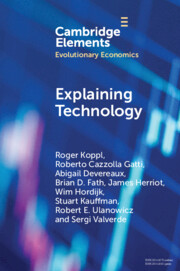1 results

Explaining Technology
-
- Published online:
- 09 August 2023
- Print publication:
- 31 August 2023
-
- Element
- Export citation

